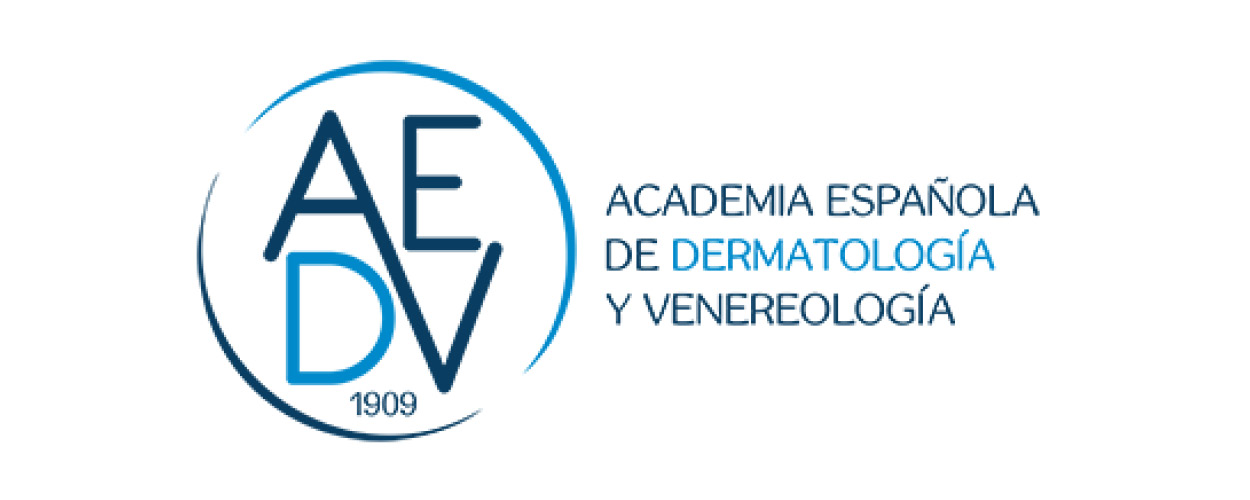VOLTAR
IMCAS World Congress 2019
IMCAS World Congress 2019
Programa
S087, S088
Acne & acne scar (in collaboration with AEDV)
Sala: Amphi Havane (level 3)
Data: quinta-feira 31 janeiro 2019 de 16:30 às 18:30
Formato: FOCUS SESSION > lectures covering a major topic of the congress
Data: quinta-feira 31 janeiro 2019 de 16:30 às 18:30
Formato: FOCUS SESSION > lectures covering a major topic of the congress
Apresentações desta sessão
| Horas | Palestrantes | Título da apresentação | Resumo | Número |
| 16:30 | Presentation of AEDV | 82199 | ||
| 16:35 | Laser and light devices for acne scars: new treatment combinations | 82171 | ||
| 16:47 | Treatment of acne – In line with current acne guidelines | Visualizar | 75289 | |
| 16:59 | Atrophic acne scars - Regenerative approach (under an educational grant) | 83265 | ||
| 17:11 | EBD in treatment of acne vulgaris | 78371 | ||
| 17:23 | Gold micro particles for inflammatory acne | 78657 | ||
| 17:35 | Severe or resistant evolutive acne: PDT or LED alone? | Visualizar | 70931 | |
| 17:47 | Combined treatments for acne scars (without lasers) | 78659 | ||
| 17:59 | Radio-peel: synergism between microneedling fractional RF and 20% TCA chemical peel | Visualizar | 71795 | |




















